Home>Gardening & Outdoor>Outdoor Structures>What Size Shed Do I Need
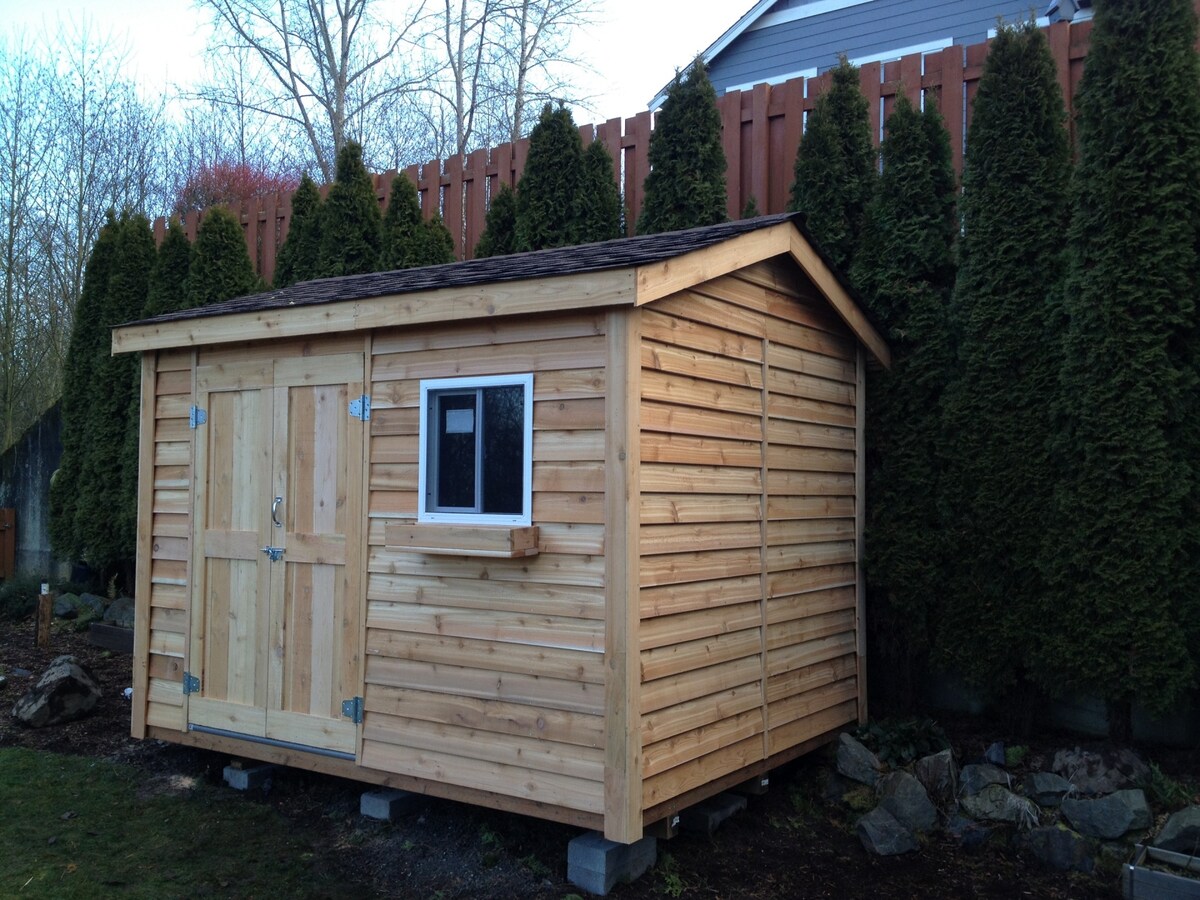

Outdoor Structures
What Size Shed Do I Need
Published: January 19, 2024
Find the perfect size shed for your outdoor needs with our comprehensive guide. Discover the best outdoor structures for your space today!
(Many of the links in this article redirect to a specific reviewed product. Your purchase of these products through affiliate links helps to generate commission for Storables.com, at no extra cost. Learn more)
Introduction
When it comes to creating additional storage space or expanding your outdoor living area, a shed can be a valuable and versatile addition to your property. However, determining the right size for your shed can be a crucial decision, as it directly impacts its functionality and utility. Whether you’re looking to store gardening tools, outdoor equipment, or create a workshop or hobby space, the size of your shed will play a significant role in meeting your needs effectively.
Understanding the factors that influence the size of the shed you require is essential for making an informed decision. By assessing your storage needs, understanding different shed sizes, and considering various factors, you can confidently select the right dimensions for your shed. In this article, we’ll explore the key considerations for determining the ideal shed size, empowering you to make a well-informed choice that aligns with your requirements and enhances your outdoor space.
Key Takeaways:
- Choose a shed size by assessing your storage needs, envisioning functional use, and considering available space. This ensures your shed meets current and future needs effectively.
- Shed sizes range from compact for essential storage to larger for multifunctional use. Consider critical factors like storage requirements, functional use, available space, and organizational efficiency for a well-informed decision.
Assessing Your Storage Needs
Before embarking on the journey of selecting a shed, it’s crucial to evaluate your specific storage requirements. Take stock of the items you intend to store or the activities you plan to pursue within the shed. Consider the dimensions of larger items, such as lawnmowers, bicycles, or workbenches, to determine the space they will occupy. Additionally, factor in the potential for future storage needs, as acquiring a larger shed than initially required can save you from outgrowing your storage space in the long run.
Assess the types of items you’ll store and their frequency of use. For seasonal items like holiday decorations or outdoor furniture, you may need ample space for occasional access. Conversely, frequently used tools or equipment necessitate easy accessibility within the shed. By understanding your storage needs, you can prioritize the items that require dedicated space, ensuring that your shed accommodates your belongings effectively.
Consider the potential for multifunctional use. If you envision utilizing the shed as a workspace for DIY projects, hobbies, or as a gardening station, factor in the space required for these activities. This versatility can influence the size of the shed, allowing for comfortable movement and dedicated areas for different functions.
Furthermore, evaluate the available space on your property for the shed’s installation. Consider any restrictions or regulations that may govern the size of outbuildings in your area. By aligning your storage needs with the available space, you can ensure a harmonious integration of the shed into your outdoor environment.
Understanding Shed Sizes
Sheds come in a variety of sizes to accommodate diverse storage and functional requirements. Common shed sizes range from compact 4×6 foot structures to more spacious 12×20 foot options, with numerous dimensions in between. Understanding the standard shed sizes can provide valuable insight into the available options and help you envision the practicality of different dimensions for your specific needs.
Compact sheds, such as those in the 4×6 to 6×8 foot range, are ideal for homeowners with limited outdoor space or minimal storage needs. These smaller sheds can efficiently store essential gardening tools, small outdoor equipment, and seasonal items. They are also suitable for housing recycling bins, providing convenient accessibility while keeping them neatly organized.
Mid-sized sheds, typically ranging from 8×10 to 10×12 feet, offer increased storage capacity and versatility. These dimensions are well-suited for accommodating larger equipment like lawnmowers, bicycles, and outdoor furniture, while still allowing space for maneuvering and additional storage. Additionally, mid-sized sheds can facilitate the creation of functional workspaces for hobbies, DIY projects, or gardening activities.
For individuals seeking ample storage space and the potential for multifunctional use, larger sheds in the 12×16 to 12×20 foot range provide expansive interiors. These sizes are well-suited for homeowners with extensive storage needs, those desiring a dedicated workshop area, or individuals looking to create a versatile outdoor living space. Larger sheds offer the flexibility to incorporate shelving, workbenches, and storage systems, enabling efficient organization and utilization of the available space.
Understanding shed sizes goes beyond the dimensions alone; it involves envisioning how the available space can be optimized to meet your specific requirements. By considering the standard shed sizes and their respective capacities, you can gain clarity on the dimensions that align with your storage and functional needs.
When determining the size of shed you need, consider the items you plan to store and leave enough space for easy access. Measure the dimensions of your largest items to ensure they will fit comfortably in the shed.
Factors to Consider
When determining the ideal size for your shed, several critical factors should guide your decision-making process. By carefully considering these factors, you can ensure that your chosen shed size aligns with your storage needs, functional requirements, and the available space on your property.
- Storage Requirements: Evaluate the specific items you intend to store in the shed, considering their dimensions, frequency of use, and potential for future storage needs. This assessment will help determine the amount of space required to accommodate your belongings effectively.
- Functional Use: If you plan to utilize the shed for activities such as woodworking, crafting, or gardening, consider the space needed for workbenches, tools, and maneuverability. Ensuring that the shed offers a comfortable and functional environment for your intended activities is essential.
- Available Space: Assess the area on your property where the shed will be installed. Consider any spatial constraints, proximity to other structures, and compliance with local regulations regarding setback requirements and maximum allowable shed size.
- Future Expansion: Anticipate potential future storage needs and the possibility of repurposing the shed for different uses. Choosing a size that allows for future expansion or multifunctional use can prevent the need for premature replacement or additional outbuildings.
- Organizational Efficiency: Factor in the layout and organization of the shed’s interior. Consider the placement of shelves, storage systems, and work areas to maximize the use of space and ensure efficient organization of your belongings.
- Visual Harmony: Consider the shed’s size in relation to your property’s aesthetics and overall landscape. Strive to select a size that complements the visual appeal of your outdoor space while meeting your practical needs.
By taking these factors into account, you can make a well-informed decision regarding the size of your shed, ensuring that it serves as a functional, efficient, and visually appealing addition to your property.
Conclusion
Choosing the right size for your shed is a pivotal decision that hinges on a thorough understanding of your storage needs, the available shed sizes, and the essential factors that influence your selection. By assessing the items you plan to store, envisioning the shed’s functional use, and considering the available space on your property, you can confidently determine the ideal dimensions for your shed.
Understanding the diverse shed sizes, ranging from compact options suitable for essential storage to larger structures offering multifunctional capabilities, empowers you to align the dimensions with your specific requirements. Whether you seek a modest storage solution or aspire to create a versatile outdoor workspace, the range of shed sizes provides flexibility to cater to various needs.
By carefully considering critical factors such as storage requirements, functional use, available space, and organizational efficiency, you can make a well-informed decision that ensures your shed meets your current and future needs effectively. Additionally, prioritizing visual harmony and seamless integration with your property’s landscape contributes to a cohesive and aesthetically pleasing outdoor environment.
Ultimately, the right shed size is not merely a matter of dimensions; it is a reflection of your unique storage needs, functional aspirations, and the harmonious integration of the shed into your outdoor space. By leveraging these insights, you can select a shed size that enhances the utility, organization, and visual appeal of your property, enriching your outdoor living experience.
Frequently Asked Questions about What Size Shed Do I Need
Was this page helpful?
At Storables.com, we guarantee accurate and reliable information. Our content, validated by Expert Board Contributors, is crafted following stringent Editorial Policies. We're committed to providing you with well-researched, expert-backed insights for all your informational needs.

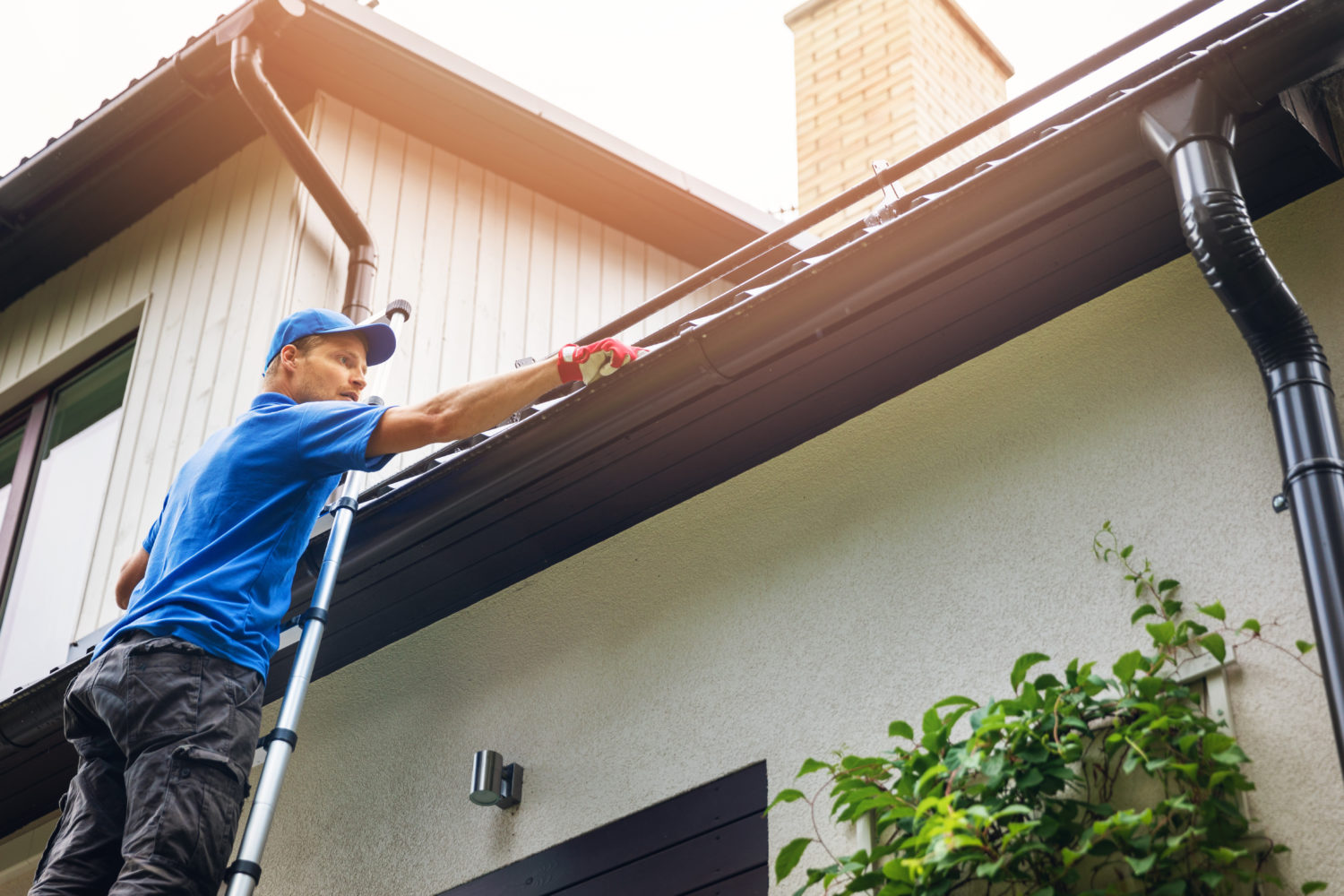

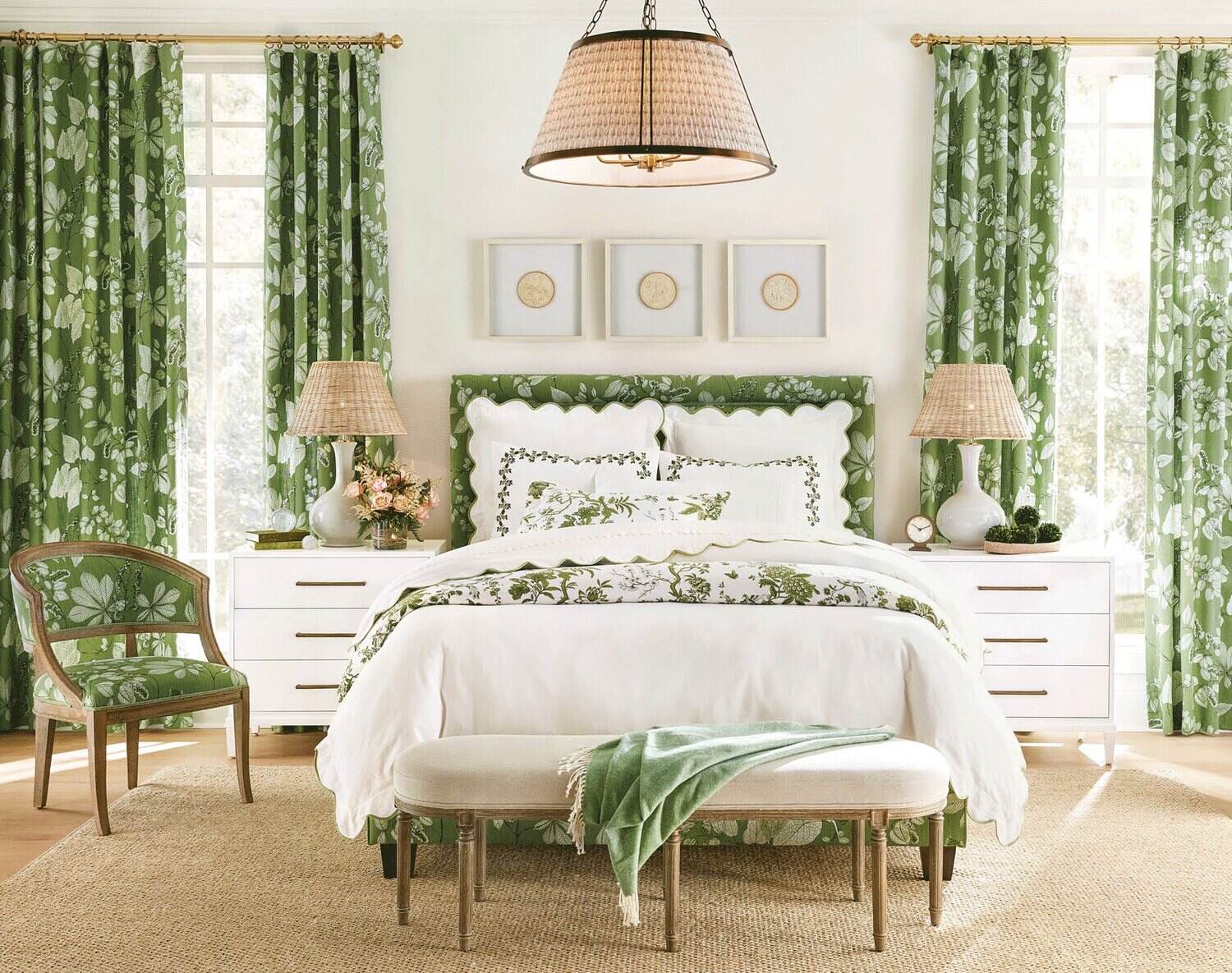
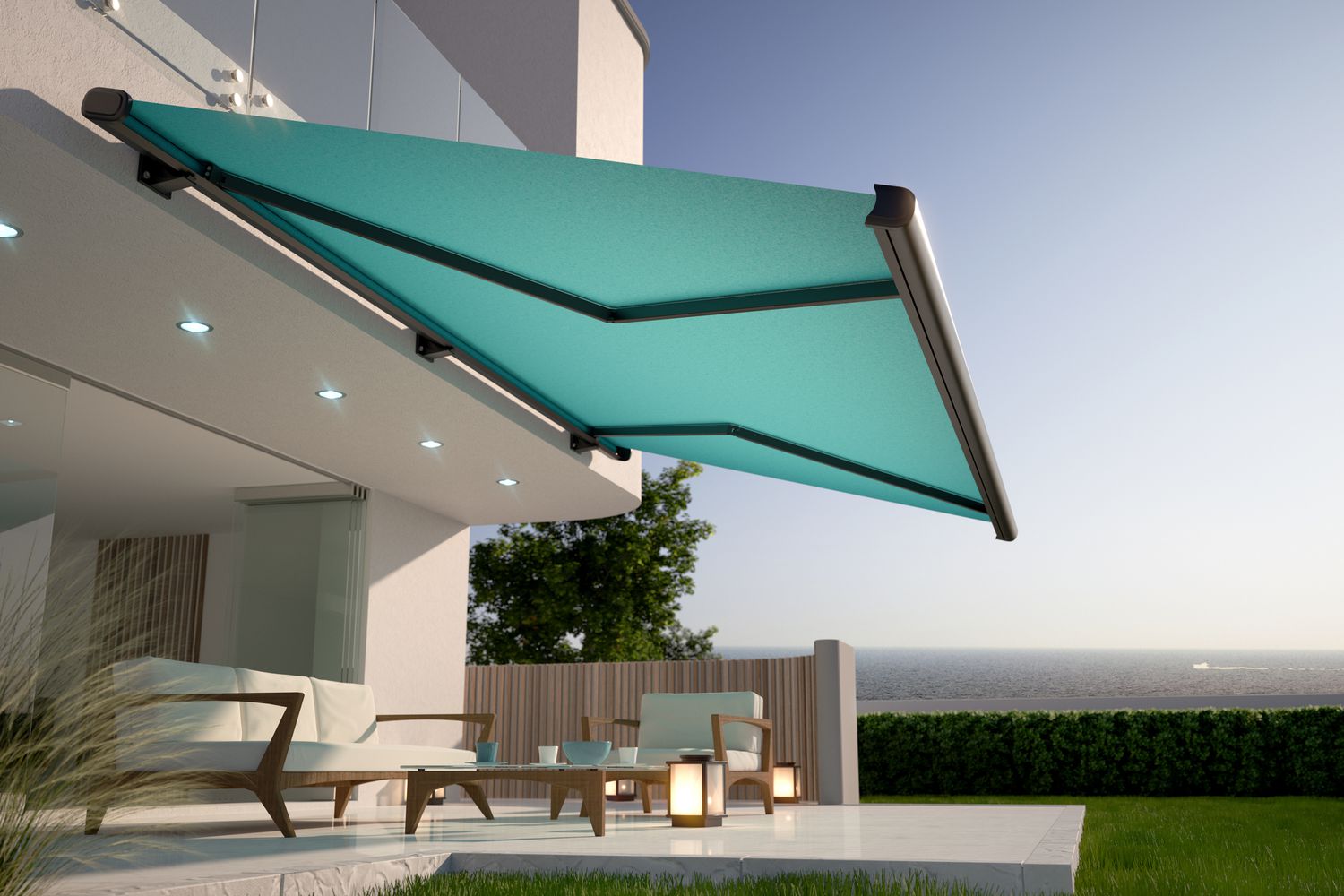
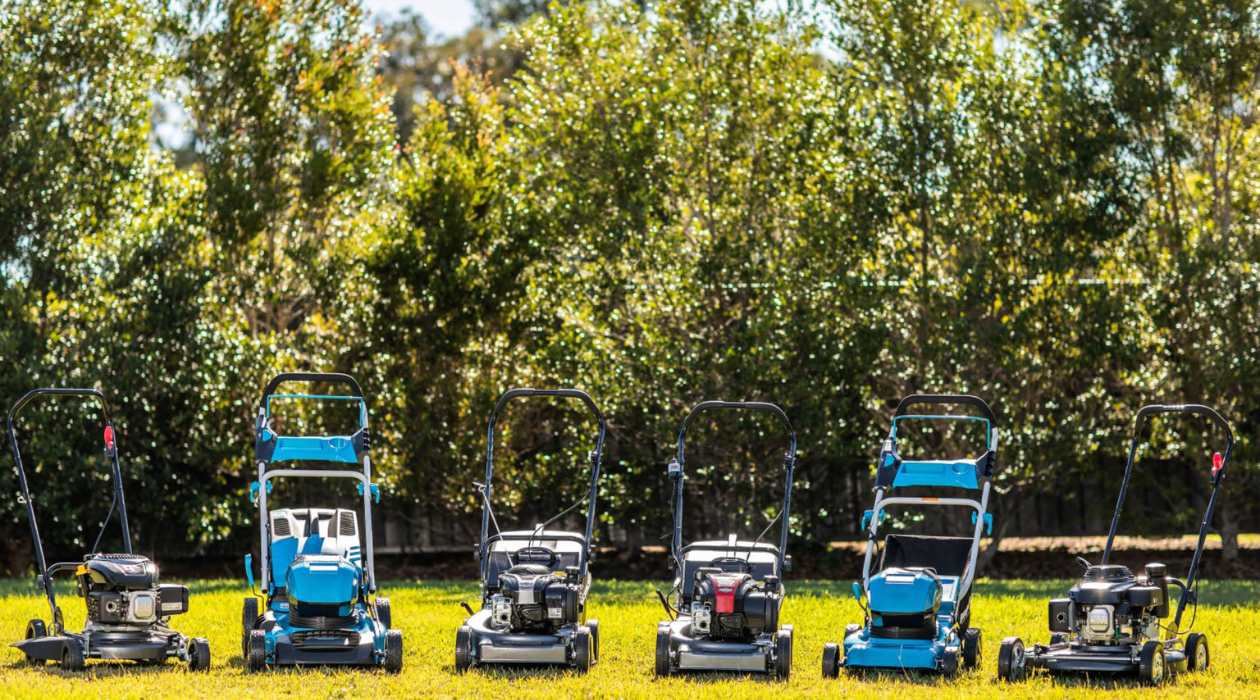
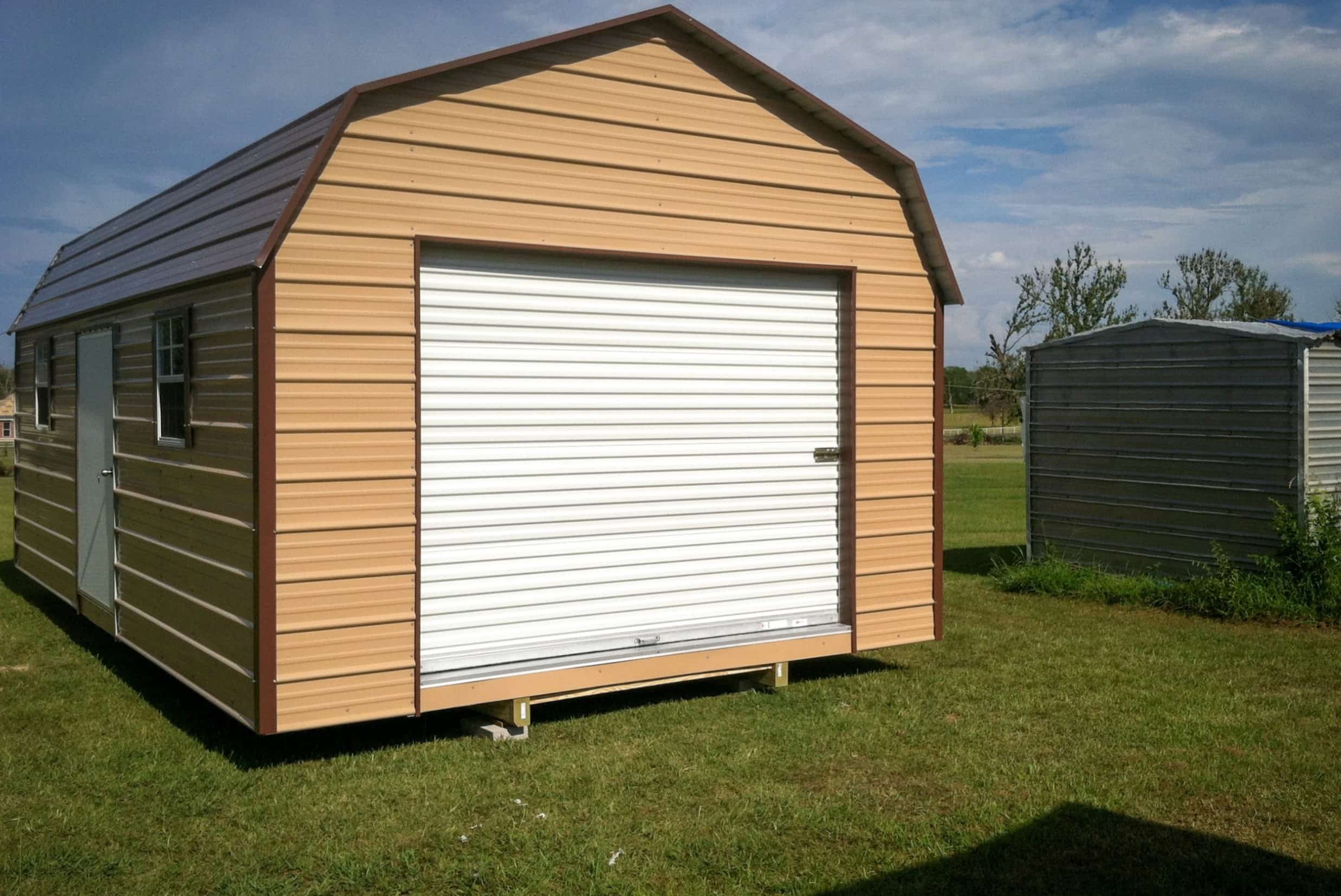
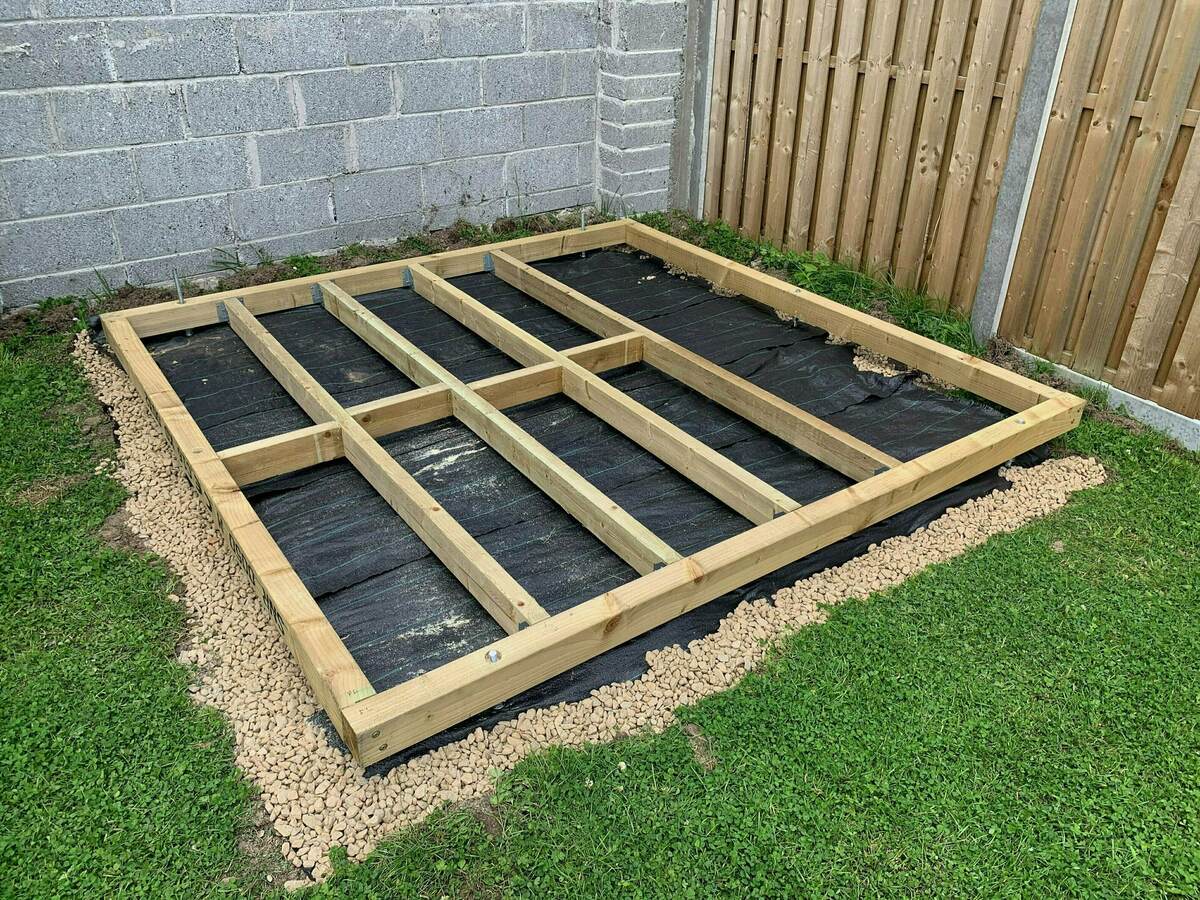
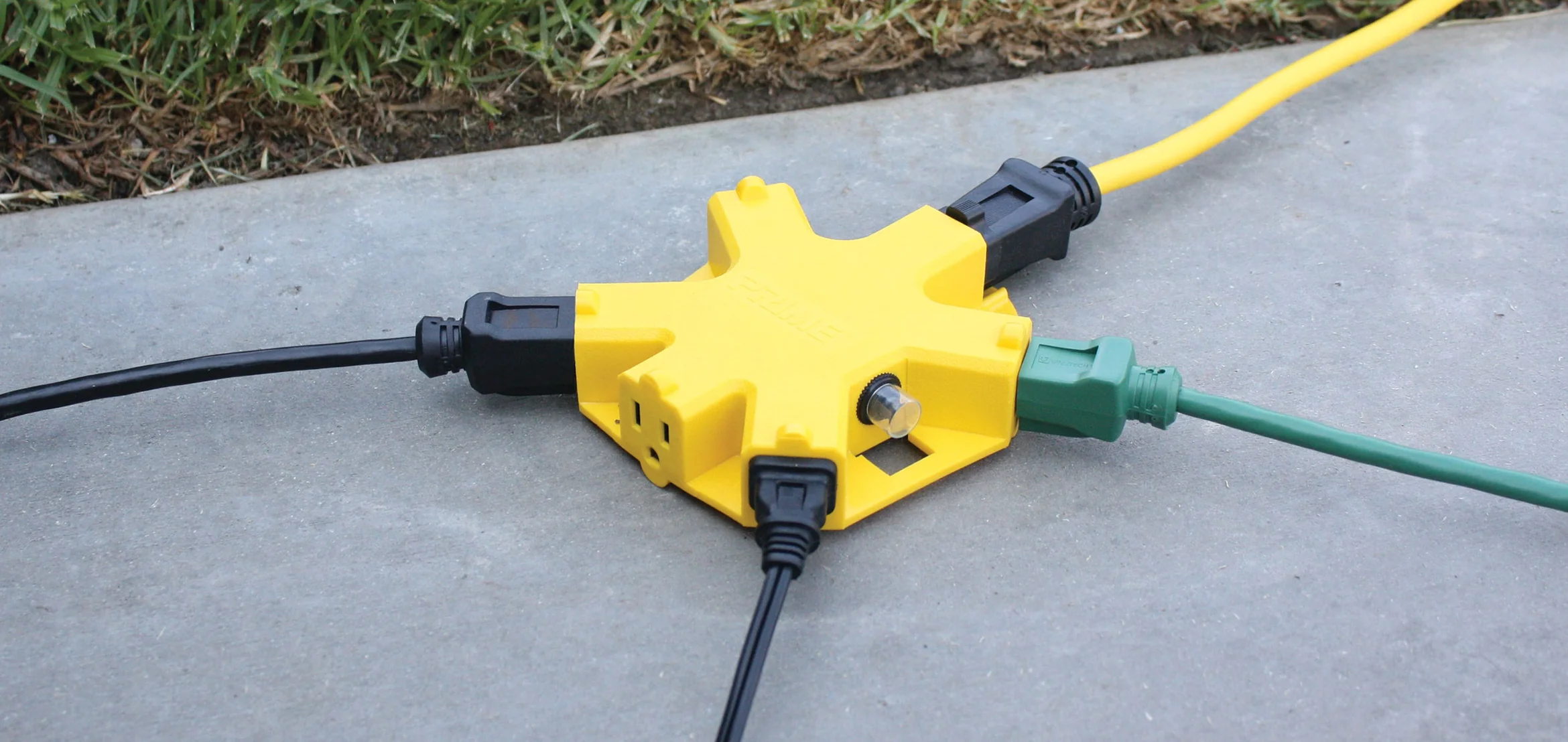
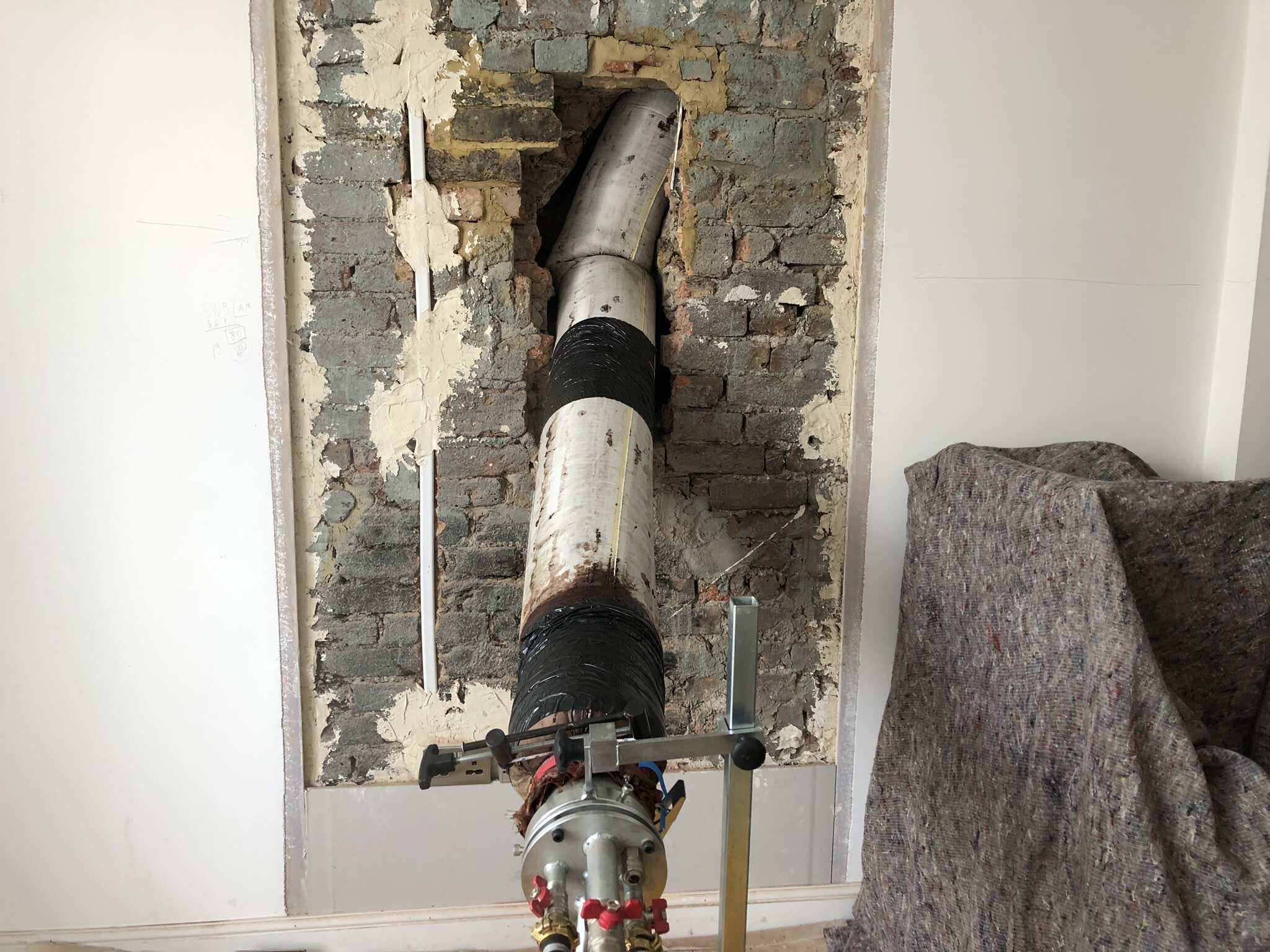
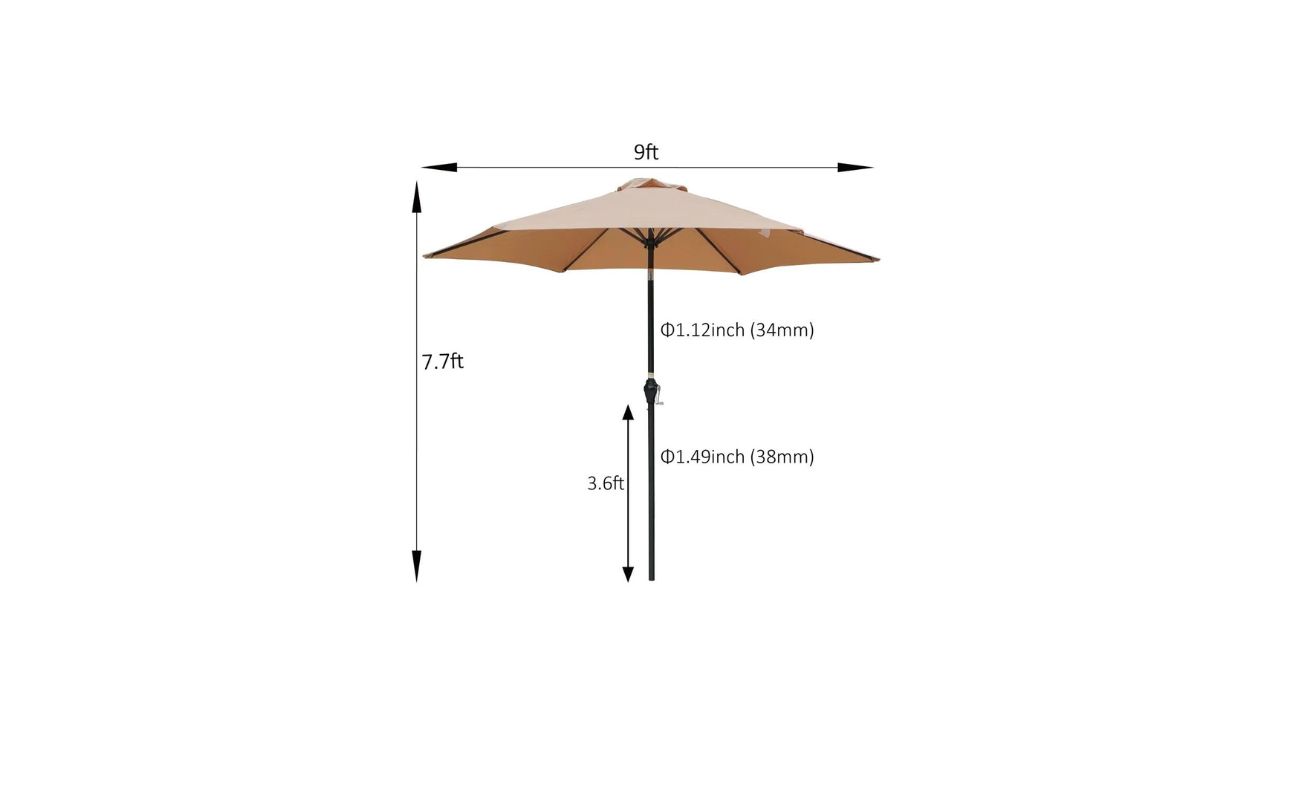
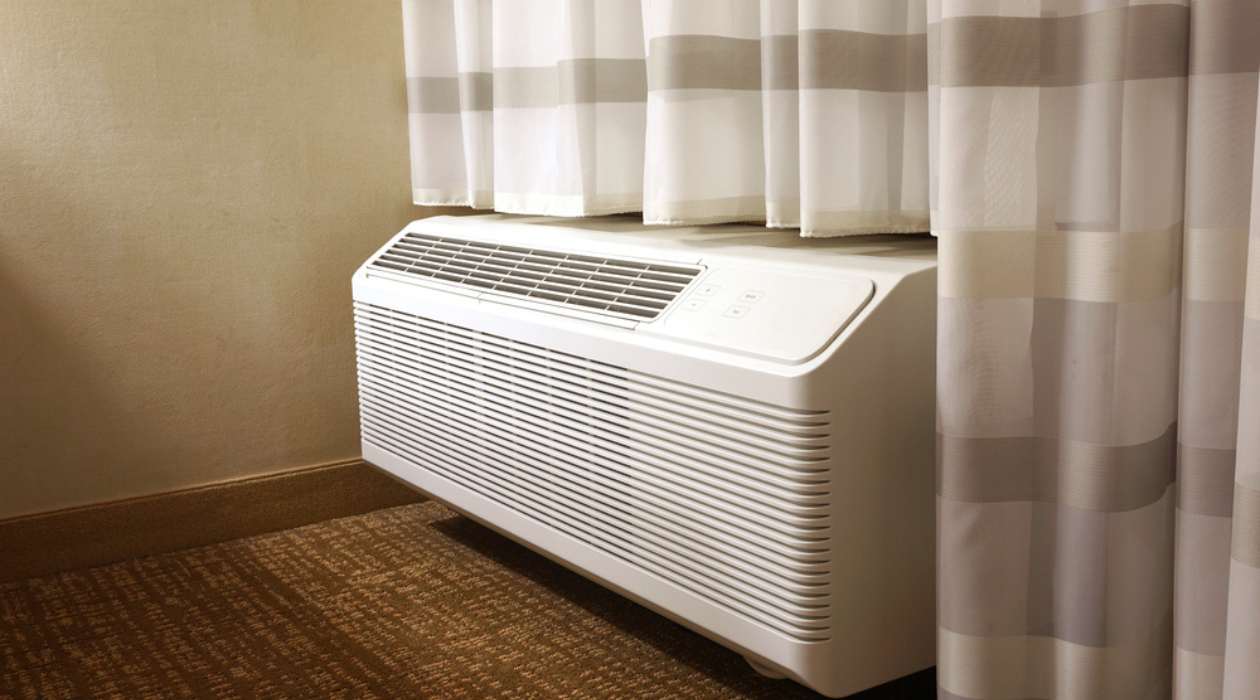

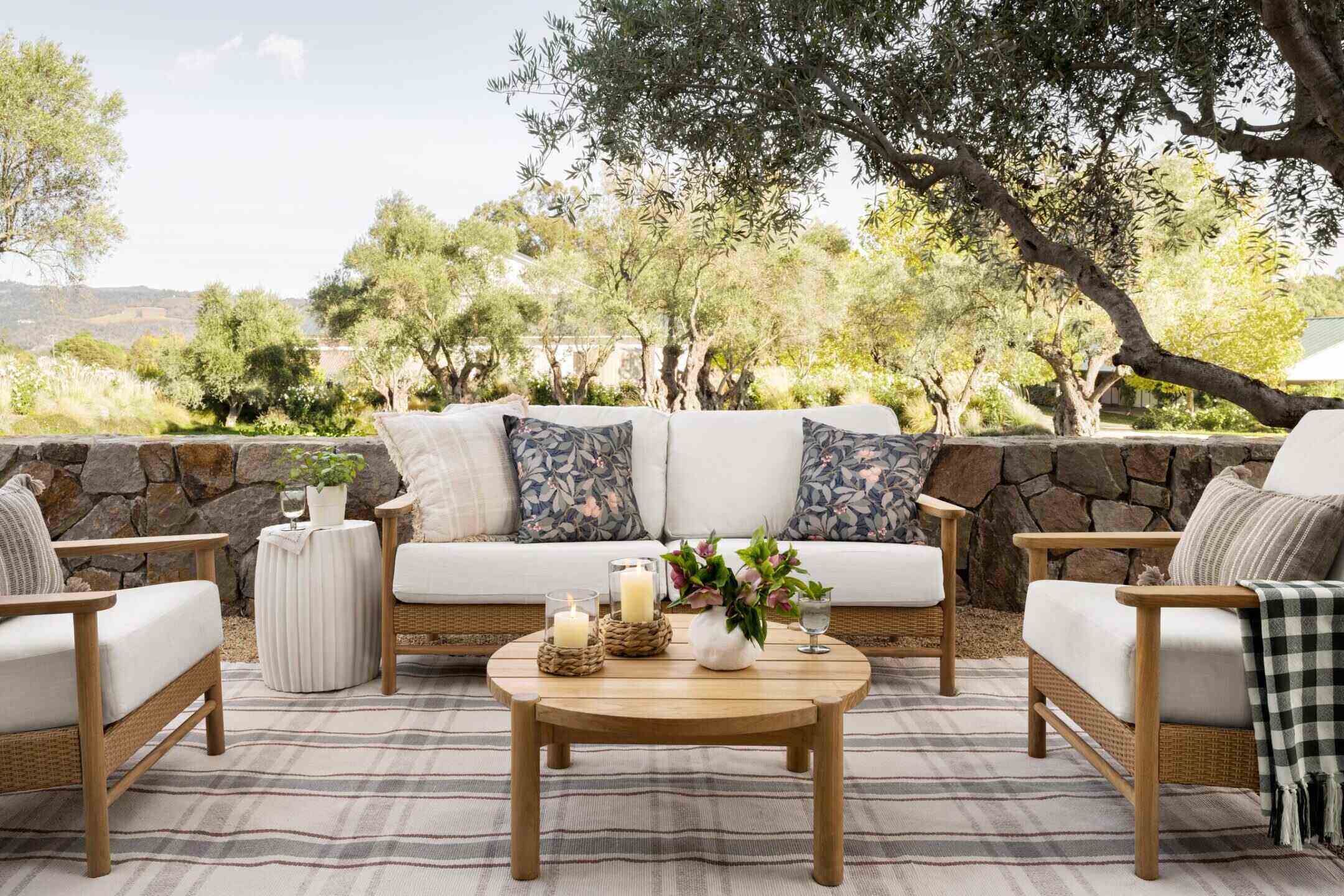
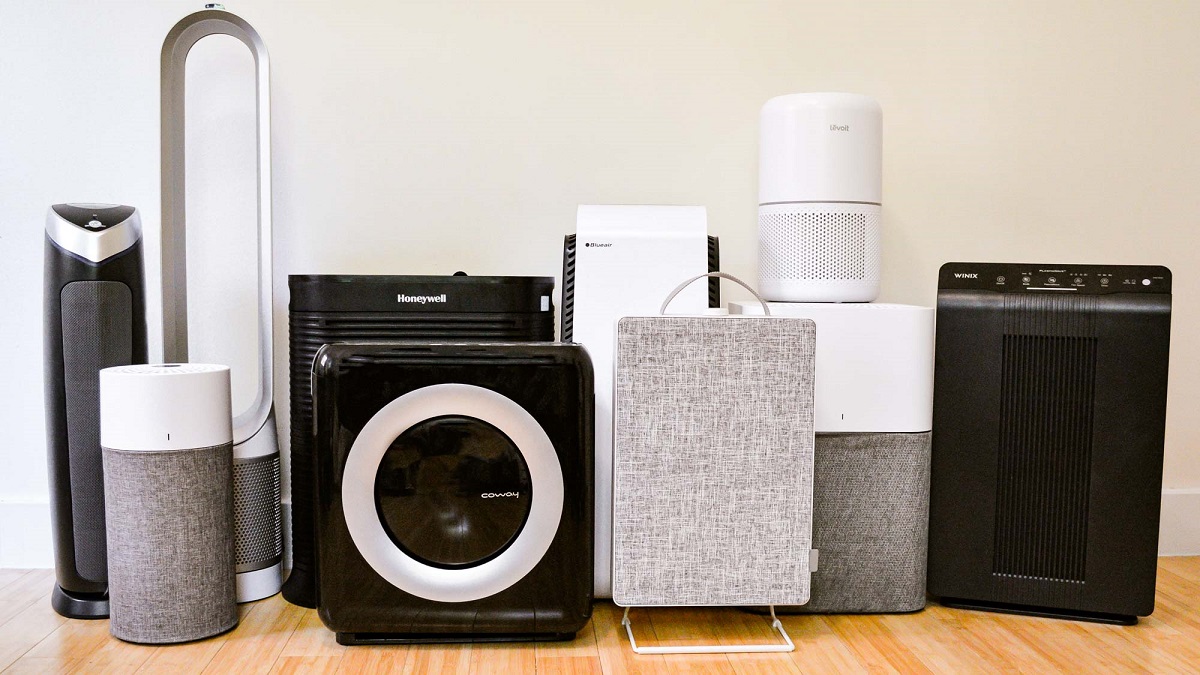

0 thoughts on “What Size Shed Do I Need”